
When picturing the medieval world of work, many might think it was exclusively staffed by men - men toiled out in the sun-baked fields, nurturing and harvesting crops; men thronged the streets of towns and cities, hurrying to their workshops or stores; and men earned coin on the battlefield, wielding weapons as they charged against their foes.
But such a view doesn't accurately reflect reality. In the Middle Ages, women were embedded in industry throughout Europe, working just as hard as their male counterparts. Much of this work took place in the great outdoors. In the medieval era, up to 85 per cent of Europeans were peasants, tilling the land and cultivating crops so they and their families could survive. Men and women both worked out in the fields, and there was a stream of jobs to do from dawn until dusk. Livestock needed to be fed (this was often solely performed by women, as looking after animals was seen as a 'feminine' job); seeds had to be sown in springtime; and when it was harvest season, every available hand was needed to help bring the crops in.
Although ploughing tended to be seen as more of a man's job, as it was a more strenuous activity, women still helped and, if they owned their own farm, they would certainly need to be handy with the plough.
BACKBREAKING TASKS
As well as tilling the land, female peasants also shouldered the additional responsibility of 'women's work' a slew of household chores. Women had to be cooks, brewers, weavers, seamstresses, parents and teachers all rolled into one. As Dr Eleanor Janega remarks in her recent episode of the History Extra podcast (see page 27): "There was an absolute surfeit of work to be done at all times. It makes me tired just thinking about it."
Denne historien er fra August 2023-utgaven av BBC History Revealed.
Start din 7-dagers gratis prøveperiode på Magzter GOLD for å få tilgang til tusenvis av utvalgte premiumhistorier og 9000+ magasiner og aviser.
Allerede abonnent ? Logg på
Denne historien er fra August 2023-utgaven av BBC History Revealed.
Start din 7-dagers gratis prøveperiode på Magzter GOLD for å få tilgang til tusenvis av utvalgte premiumhistorier og 9000+ magasiner og aviser.
Allerede abonnent? Logg på
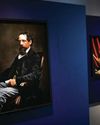
'Dickens's evocation of the fears, excitement and confusion of childhood is peerless'
DR LEE JACKSON ON WHY CHARLES DICKENS REMAINS RELEVANT TODAY
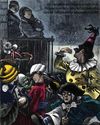
THE AUTHOR GOES ABROAD
Dickens expanded his horizons and boosted his fan-base by venturing overseas - but global fame came with a cost
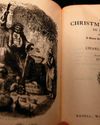
REVIVING THE FESTIVE SPIRIT
A Christmas Carol wasn't just a bestseller - it changed the way that Britons chose to mark the festive season

GIVING THE POOR A VOICE
From Hard Times to Oliver Twist, Charles Dickens used his pen to help illuminate the lives of the less fortunate
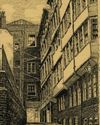
A JOURNEY THROUGH DICKENS'S LONDON
The works of Charles Dickens are synonymous with visions of Victorian London. We talk to Dr Lee Jackson about the author's love of the capital, and the locations that most inspired him
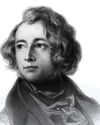
EXCEEDING EXPECTATIONS
Dr Lee Jackson chronicles Charles Dickens's journey from down-at-luck teenager to titan of Victorian literature
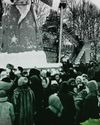
GIFTS, TREES & FEASTING
We take a journey through the photo archives to reveal how Christmas and its many traditions have been celebrated over the years - and around the world
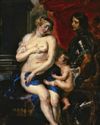
WHAT GREAT PAINTINGS SAY
We explore the story behind an allegorical painting that celebrates the triumph of love over hate, peace over war
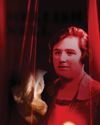
HELLISH NELL
Malcolm Gaskill delves into the life of Helen Duncan - the fraudulent Scottish medium whose ectoplasm-filled seances saw her ending up on the wrong side of the law

7 THINGS YOU (PROBABLY) DIDN'T KNOW ABOUT THE WHITE HOUSE
Presidential historian Dr Lindsay M Chervinsky reveals some of the most surprising facts about the world-famous US residence